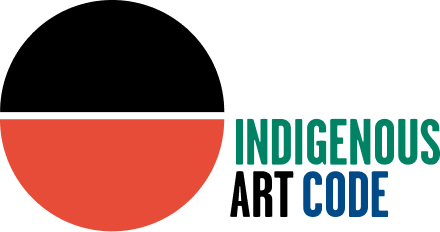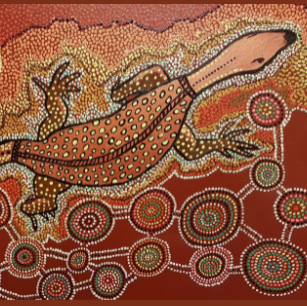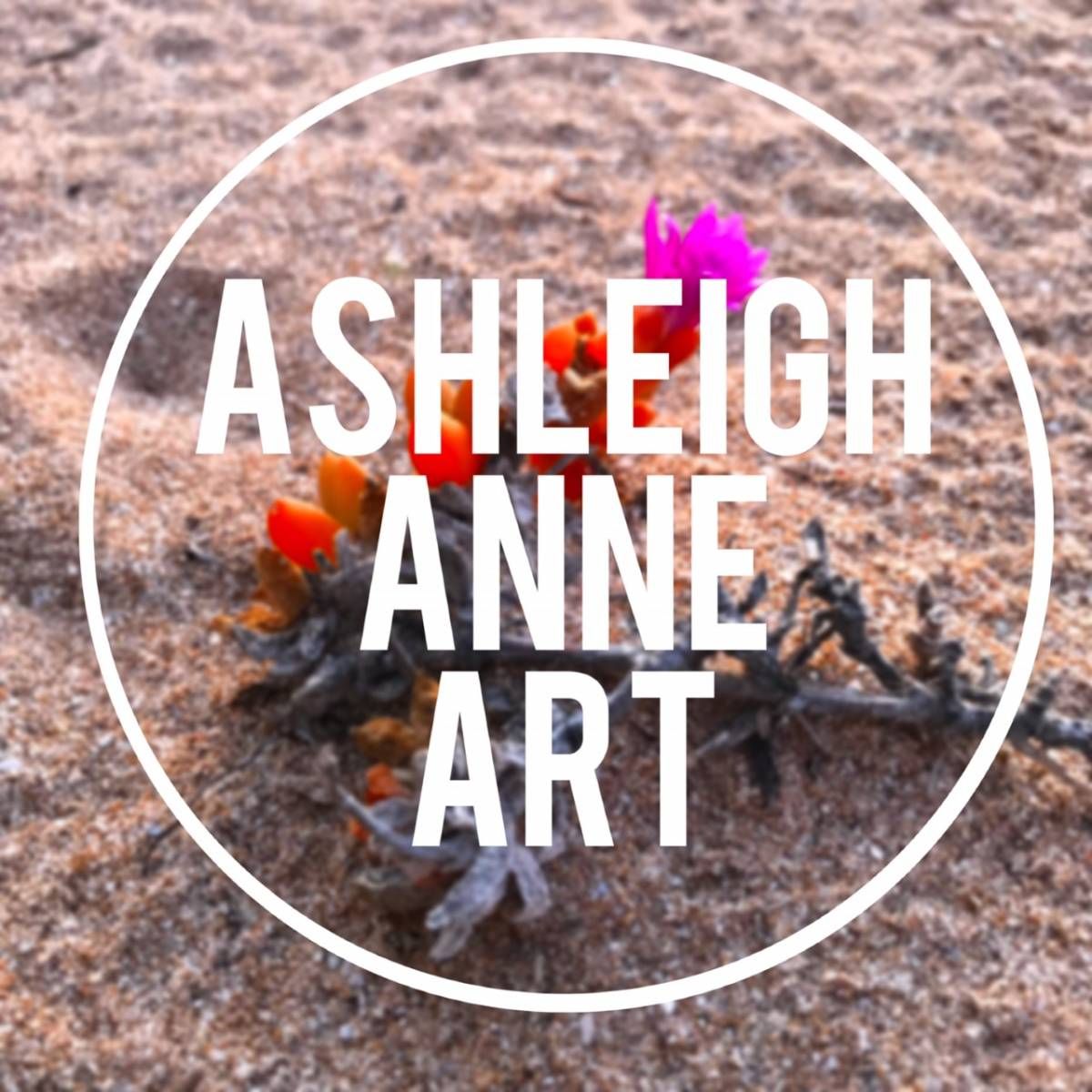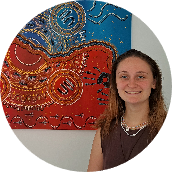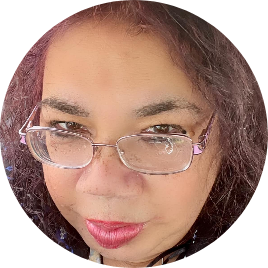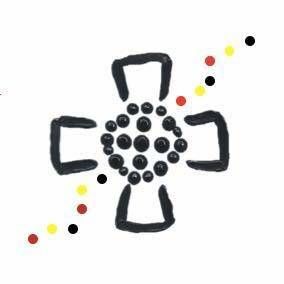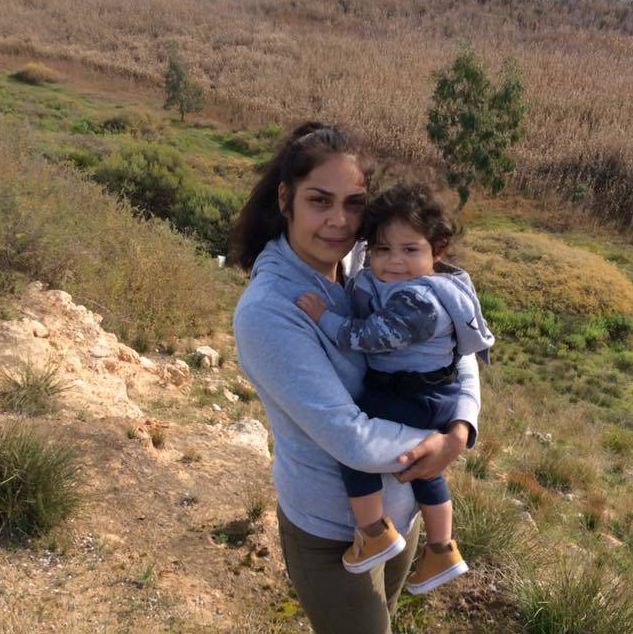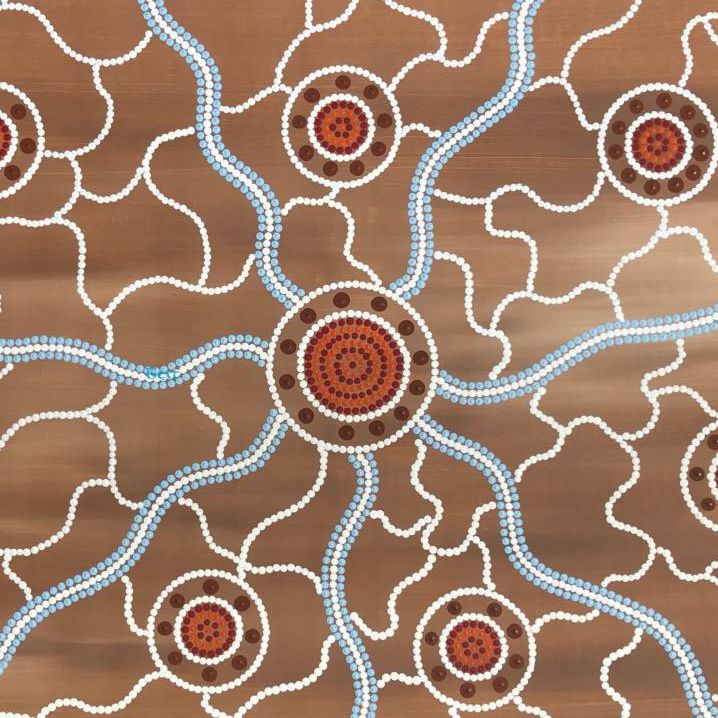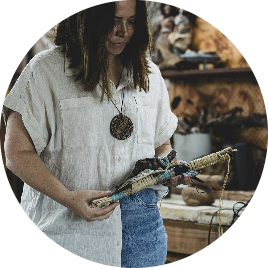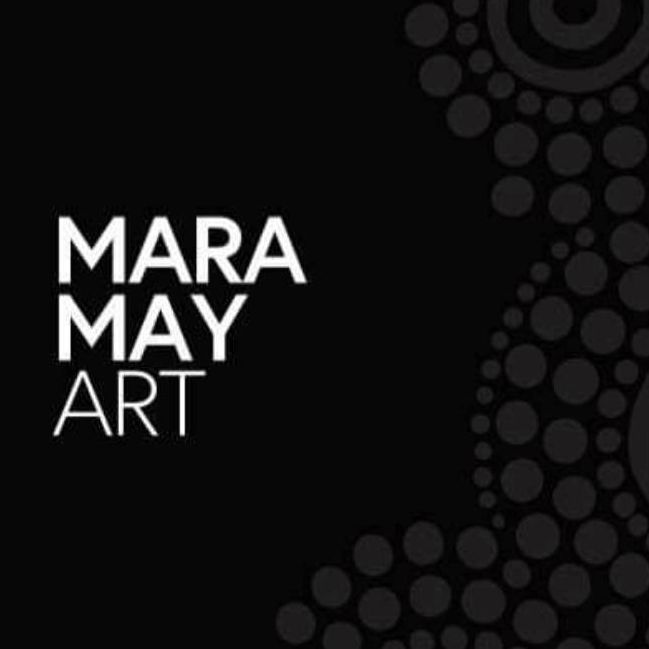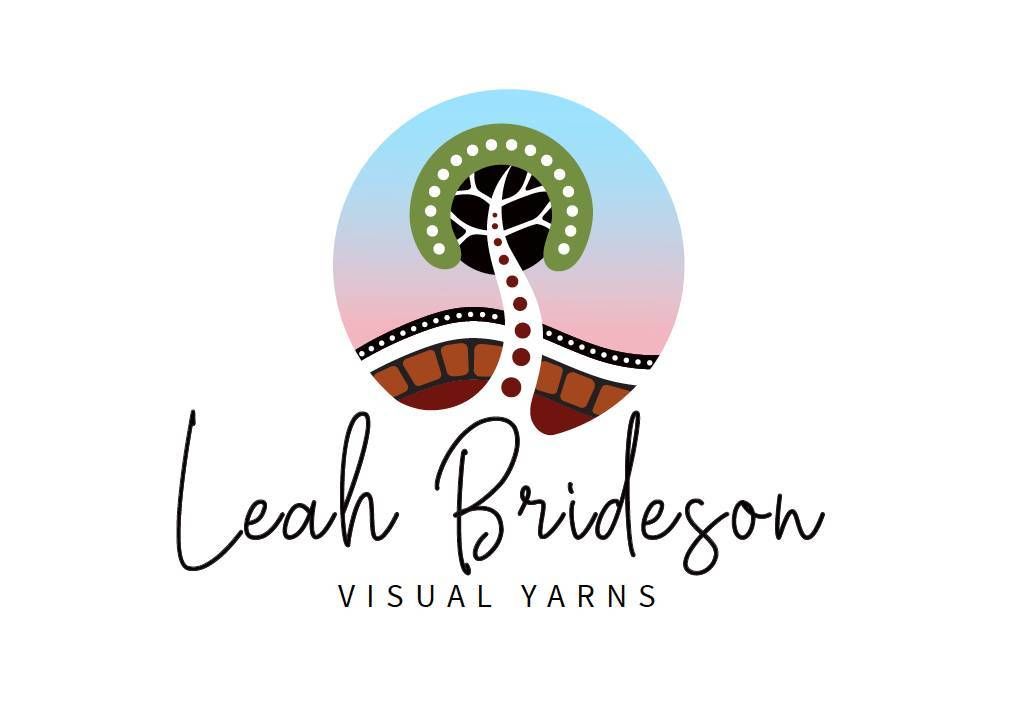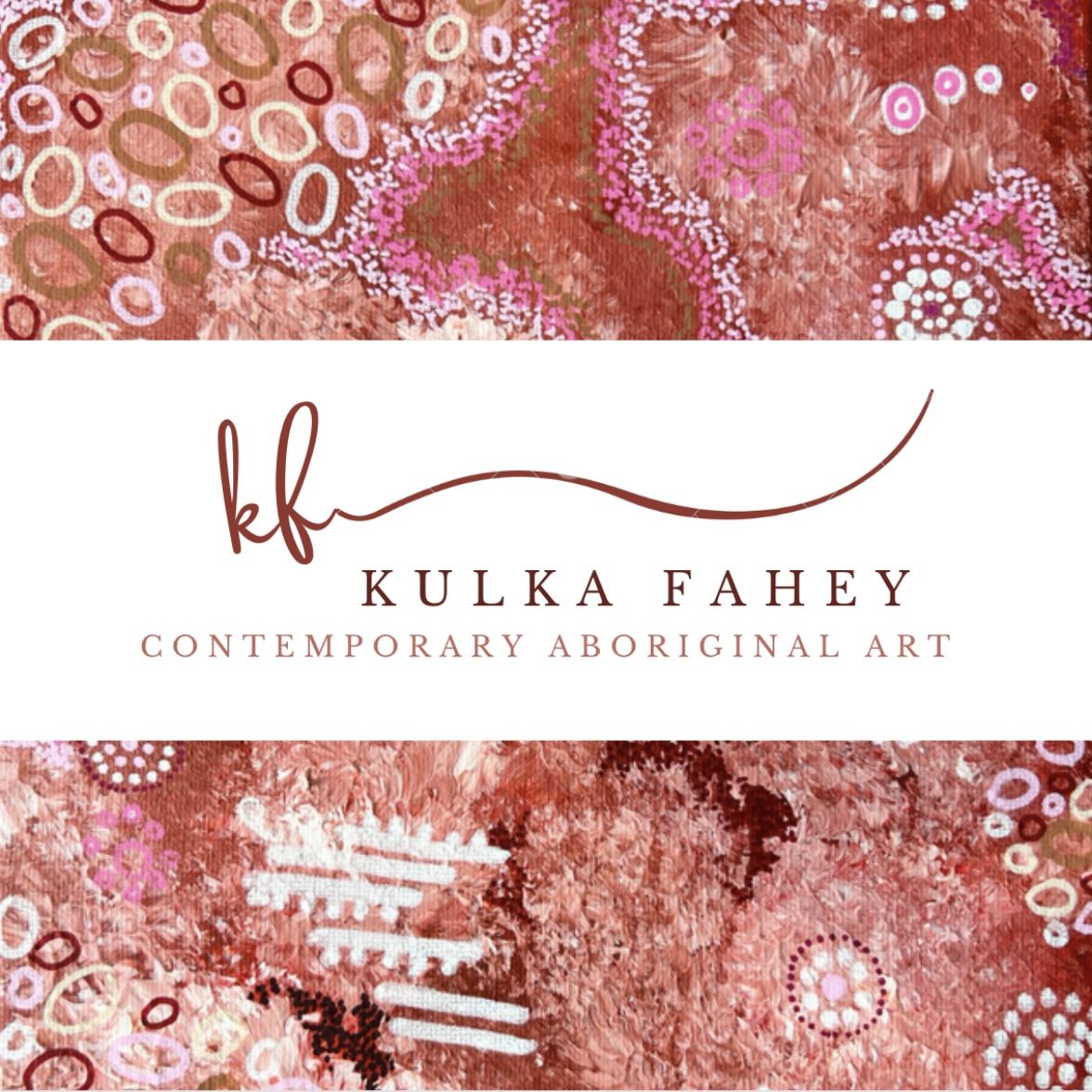
Bianca Crake Nee Long
Djaru
Ceramics and/or glass; Textiles including fabric and fashion
Bianca Crake Nee Long
Djaru
As a child, I lived on a small property with my mum, dad, younger brother and sister. My dad is a Djaru man and his country is Sturt Creek, around 210km south of Halls Creek. Djaru is both an Aboriginal nation and a language spoken by the Djaru people.  I went to primary school in Halls Creek and high school in Perth, before going to agricultural college for two years in Emerald, Queensland.  I left ag school to work in the mining, oil and gas industries, employed in a community relations capacity by some of the biggest mining companies in Australia and the world. Initially, I worked at Rio Tinto’s Argyle Diamond mine before moving to Port Keats in the Northern Territory to work with ENI Australia. Then I returned back to WA in 2010 where I worked for Woodside in the Pilbara.
There is where my art journey begins. When I was in the Pilbara, I was lucky enough to be part of an art group based at the Yinjaa-Barni Arts Centre in Roebourne. It was the support of the manager at Yinjaa-Barni Art who helped me develop my approach to painting and my style.
“While I was working for Woodside in Roebourne in the role of Indigenous Affairs, I worked with the Yinjaa-Barni Art Centre to secure artworks for the annual Woodside Art Exhibition held in Perth. This is how I became part of the group. I learnt how to refine my painting skills and how to use different mediums, such as sand, to get different effects.
“My style is contemporary and I use both a natural medium, ochre, and acrylic to paint. Most people choose one or the other but I decided to combine the two. I like the way it worked on the canvas but, most importantly, I wanted my painting to reflect my whole identity. The ochre represents my Aboriginal identity, whereas acrylic is a white person’s medium and I have whitefella in my heritage too so I want to recognise that.”
My inspiration for my work comes from the country that I lives in and where I'm is from. “I reflect the land, my country and the places I’ve been. If you look at my art it is like looking at an aerial photo. Each painting shows different areas and features, everything from rivers and creeks to the grasses and flowers that decorate my country.”
Contact details
- http://www.jarugirl.com.au
- WA
- jarugirldesign@gmail.com
